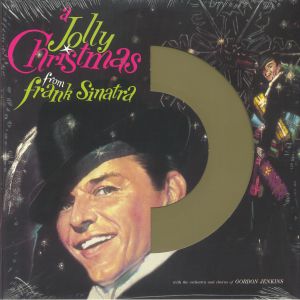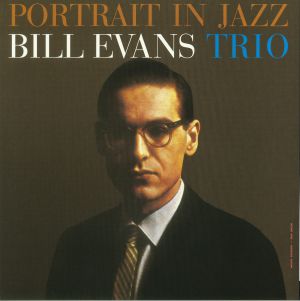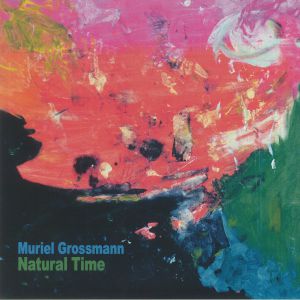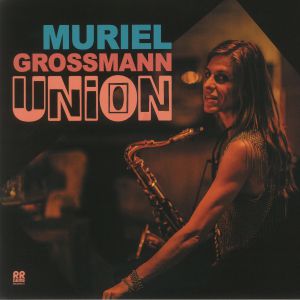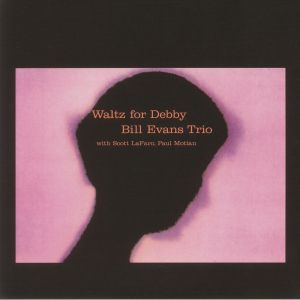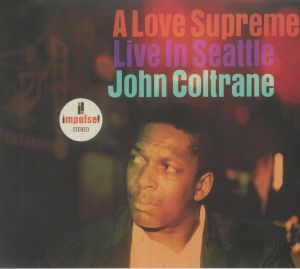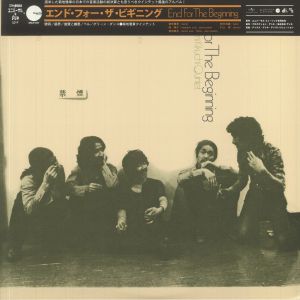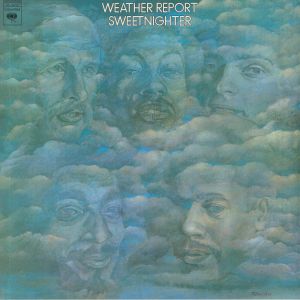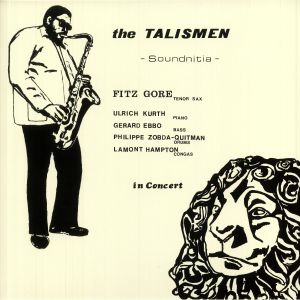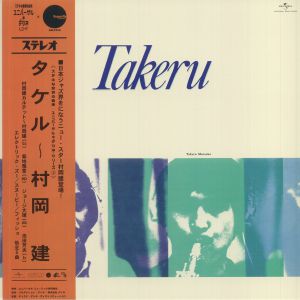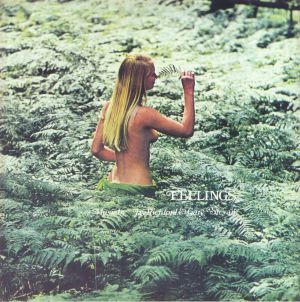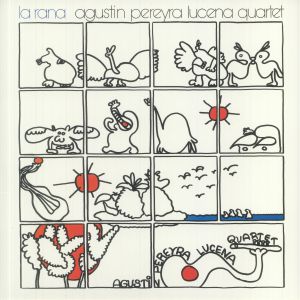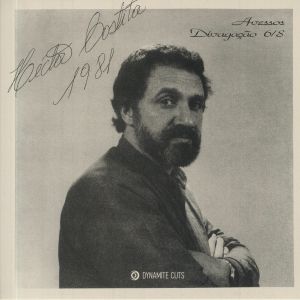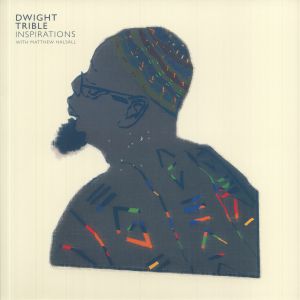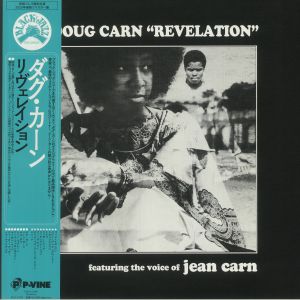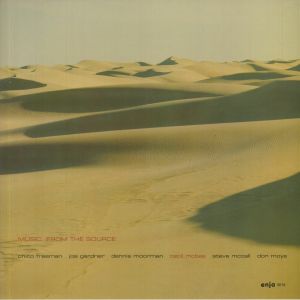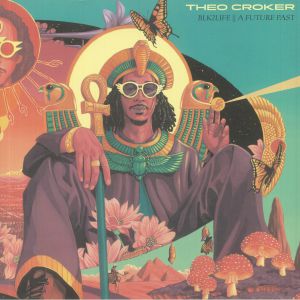
Juno Recommends Jazz
Jazz Recommends Jazz November 2021
Read more...
1
Review: The Mankunku Quartet's Yakhal Inkomo album is one of South African jazz's most revered, and one Gilles Peterson has included before in a special "best of genre" radio show. It might clock in at only just over thirty minutes but there is pure bliss packed into the four compact tunes. Initially, the record was only put out on a small local label so it soon became a much sought after and hugely expensive classic after it was recorded by tenor saxophonist Winston "Mankunku" Ngoz in 1968. The b-side track 'Doodlin' is a Horace Silver composition and 'Doodlin', and 'Bessie's Blues' is a John Coltrane number, but Mankunku's own tracks on the a-side more than hold their own.
...Read more
out of stock $33.23
2
out of stock $14.40
3
Review: Of all his many albums and live shows, A Love Supreme: Live In Seattle is often said by fans to be one Coltrane's greatest works. Until recently, this was a long lost performance from the iconic saxophonist. Recorded in 1964, it is only the second full live performance recording known after one from the Festival Mondial du Jazz Antibes in France from 1965. The quartet for the original recording of one was made up of McCoy Tyner, Jimmy Garrison and Elvin Jones next to Coltrane himself, but this recording was boosted by Pharoah Sanders on tenor sax and Donald Garrett on second bass. It's a suite packed with spirit, power and soul.
...Read more
in stock $18.83
4
Review: Electronic icon Jeff Mills links up with fellow Detroit talent Rafael Leafar for this one on his own Axis, and it is yet another sublime exploration of the cosmos through the medium of techno. Leafar brings all his next level multi-instrumentalist skills and strong love of jazz to the duo and when combined with Mills' ability to speak through his machines, it makes for a unique record. The icy percussion rolls deep, taking you into another dimension each and every time while the noodling sax brings sombreness and soul. Big, splashy cymbals, dark chords and a real sense of mystery and intrigue keep you utterly locked throughout.
...Read more
out of stock $33.23
5
out of stock $14.40
6
Review: Muriel Grossman has already serve up her tune fusion album Union this month with the help from some fine talents including Radomir Milojkovi on guitar, Llorenc Barcelo on Hammond and Uros Stamenkovic's tight drums. But now the sax player is back on the same label with Natural Time, a double gatefold album that features some of the cuts off Union - namely 'Happiness' and 'African Dance' - as well as a few more that are just a s spiritual and sensuous. It is hard to pick a favourite between the two albums so you'll be best off just getting both.
in stock $32.42
7
in stock $21.89
8
Review: Many jazz enthusiasts harbour a belief that Rudolph "Rudy" Johnson is amongst the most under-appreciated and overlooked saxophonists of all time. While we're not knowledgeable to pass judgment, it's certainly true that his relatively slender solo discography contains some genuine gems. Chief amongst these is 1973 set Second Coming. Musically, it sits somewhere between (then) contemporary jazz and soul jazz, with a heavy dose of breezy, piano-led spiritual jazz thrown in. Johnson's improvised sax solos are never less than stunning, while the support from his backing band is equally as impressive. Some have compared The Second Coming to John Coltrane's 1960s IMPULSE releases; while that may be a bold claim, it's one we wouldn't dispute.
...Read more
out of stock $30.20
9
Review: Muriel Grossman serves up this superb fusion album with help from some fine talents. Her own saxophone work is joined by Radomir Milojkovi on guitar, Llorenc Barcelo on Hammond and Uros Stamenkovic's tight drums. The spiritual jazz sounds on all four of the elongated tunes veer from peaceful to warm, tribal to hypnotic. 'Happiness' simmers quietly and beautifully, 'Traneing In' soars to some intense sax lead heights and 'Sundown' is steamy and late-night sound that is brilliantly seductive. Add in the vibrant 'African Dance' with its free solos and the soul-awakening tune of 'Union' and you have a real doozy.
...Read more
out of stock $29.10
10
in stock $13.58
11
Review: Given that he was the Impulse label's most significant star during its formative years, it seems fitting that a newly discovered live recording of John Coltrane should form part of the acclaimed jazz imprint's 60th anniversary celebrations. What we get is a genuine piece of jazz history: an expanded, wonderfully free-wheeling and hugely atmospheric performance of Coltrane's landmark A Love Supreme suite, recorded live at The Penthouse in Seattle on October 2nd, 1965. Coltrane is of course in prime form, as are his regular accompanying players. Significantly, these included Pharoah Sanders, who on that now famous night in Seattle was making his first official appearance as part of Coltrane's group.
...Read more
out of stock $9.69
12
Cat: SRLP 037. Rel: 25 Oct 21
Jazz
out of stock $76.45
13
Review: With their 1973 album Sweetnighter, Weather Report marked a shift away from the sounds and styles of their early years. The American jazz fusion band featuring Joe Zawinul, Wayne Shorter and Miroslav Vitous took a new, more groove-driven approach to their sound. It was apparently Zawinul's obsession with a groove that is responsible for this and means this album has funky sounds with R&B elements. It is arguably the final song of this record, 'Non-Stop Home', which best captures the sound the band would go on to perfect in the ensuing years. Limited to just 1500 copies, this is a real must for jazz fans.
...Read more
out of stock $50.15
14
Review: Fitz Gore was a Jamaican tenor saxophonist who helped the experimental group The Talismen in the mid-seventies. His debut album Theme This is a lost classic that is now getting reissued for the first time. It was originally put out via on Gore's GorBra label and is a sensitive, introspective collection of tracks with "Shepherd" Fitz Gore, Ulrich Kurth, Gerard Ebbo, Philippe Zobda-Quitman and Lamont Hampton making up the band. Next to the originals are covers of John Coltrane's 'Dahomey Dance' and Horace Silver classic 'Song For My Father.' This reissue includes a two-page insert.
...Read more
in stock $32.13
15
out of stock $59.83
16
in stock $26.32
17
in stock $27.43
18
Cat: 352681 9. Rel: 11 Oct 21
Jazz
out of stock $29.73
19
Review: While best known for their funk and soul reissues, Dynamite Cuts do frequently dig deeper and look further afield for musical inspiration. They're at it again here, offering up a lavishly packaged "45" featuring two killer cuts from Brazilian saxophonist and flautist Hector Costita's jazz-funk/jazz-fusion album 1981 (which, you guessed it, was first released in 1981). A-side 'Avessos' is warming, gentle and groovy, with Costita's jaunty sax motifs rising above a samba-jazz beat, restless triangle percussion and some seriously toasty electric piano lines. 'Divagacao' is a more up-tempo nd rhythmically interesting affair that reminded us of Azymuth while also boasting some genuinely dazzling sax solos.
...Read more
in stock $18.28
20
Cat: GONDLP 017LEORANGE. Rel: 25 Oct 21
Jazz
Review: When it was first released on CD, Inspirations caused quite a stir. It was then made available on wax for the first time and soon sold out. Now we're treated to a welcome reissue that sees Los Angeles jazz singer Dwight Trible cover some of the songs and artists that shaped his formative musical years, with a little help from Manchester-based bandleader, arranger and trumpeter Matthew Halsall. Highlights include a rousing, near riotous cover of Nina Simone favourite 'Feeling Good' a spiritual, harp-laden rendition of Hal David and Burt Bacharach's 'What The World Needs Now is Love' - a radical departure from the original, featuring one of Trible's greatest vocal performances to date - and a poignant, heartfelt version of Leroy Hutson and Donny Hathaway's still relevant 'Tryin' Times'.
...Read more
out of stock $27.43
21
Review: Of all the many cutting edge and pioneering records put out by the iconic Black Jazz label, Doug Carn's is one of the most well known and widely acclaimed and now it gets a reissue on Japan's P-Vine. Although everything he did turned to gold, this one reached even more impressive heights with Doug himself at the helm of the composition on the 1973 release. It sees him integrate Jean Carn's majestically soulful and heavenly vocals deeper into the music which was so stylishly delivered by trumpeter Olu Dara, bassist Walter Booker, and drummer Ira Williams. The standout track will always be the rapturous 'Power & The Glory' but all the rest are frankly just as good.
...Read more
out of stock $1,773.06
22
Review: Cecil McBee, Chico Freeman, Dennis Moorman, Famoudou Don Moye, Joe Gardner and Steve McCall form this short lived but vital sextet. They put out just two albums, one in 1978 and a second the year after, but both remain mini classics. The ensemble mix up free jazz and avant-hard styles on a blistering record that rarely allows you to take a breath. The clatter of cymbals, the scribbling wind instruments, the manic bass all dance around each other in thrillingly dynamic fashion. It is a release of tension and expression of self unlike much else you will hear from a jazz record.
...Read more
out of stock $41.56
23
out of stock $31.37

 USD
USD





